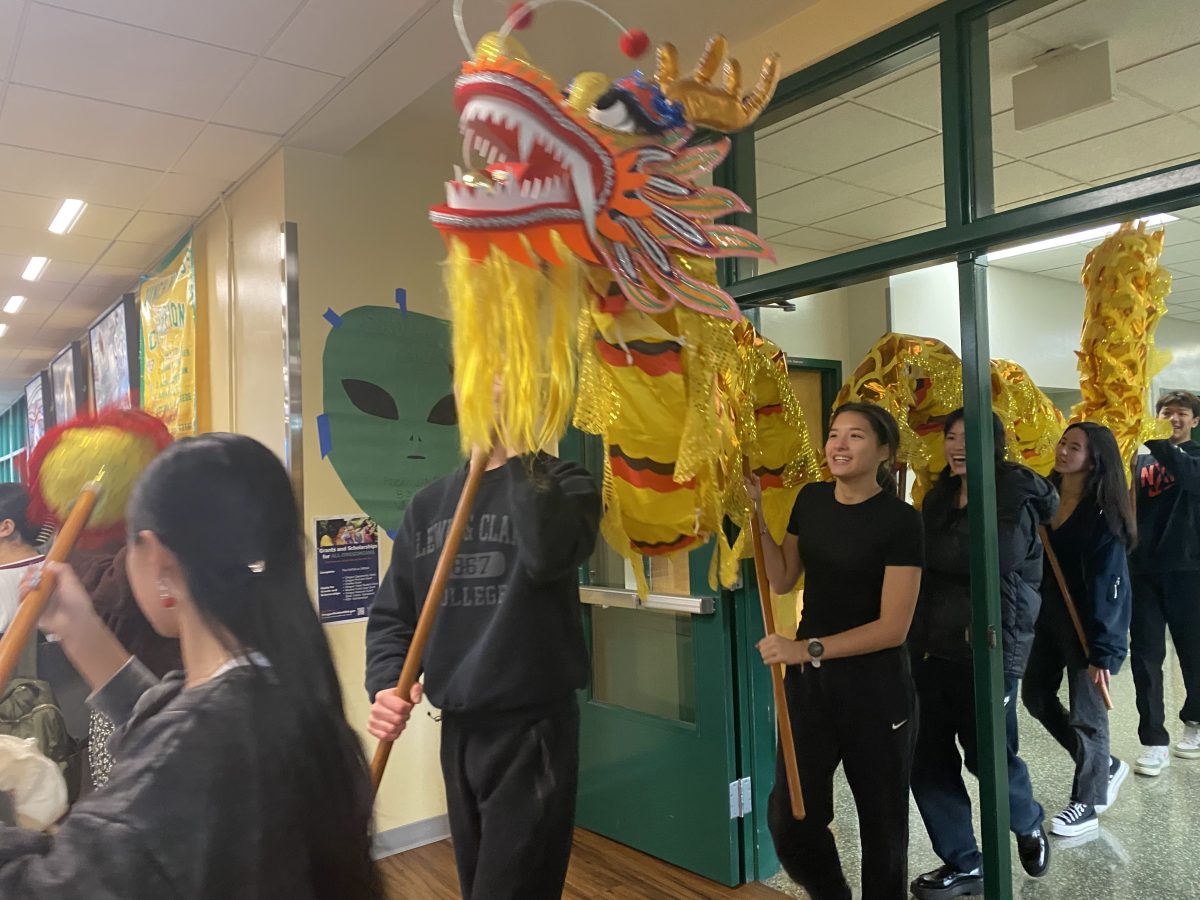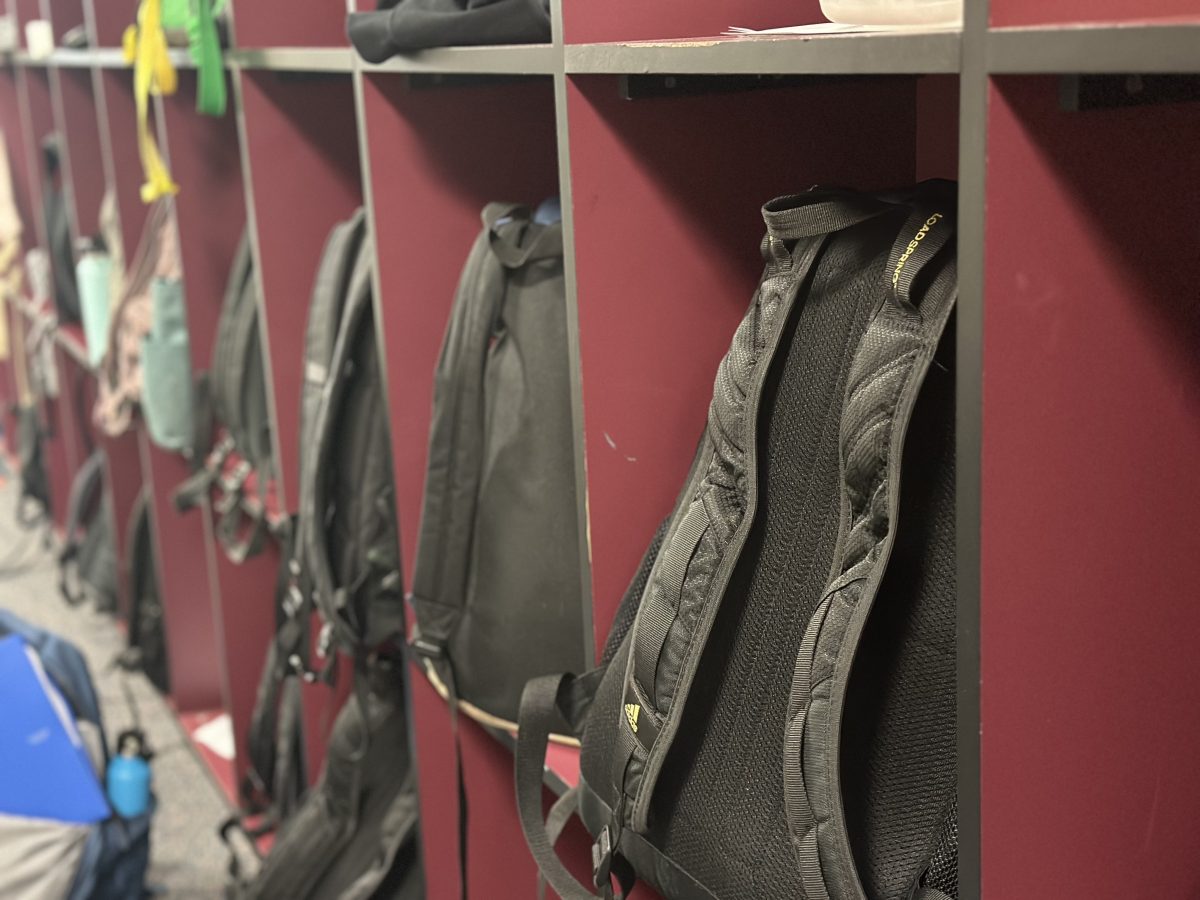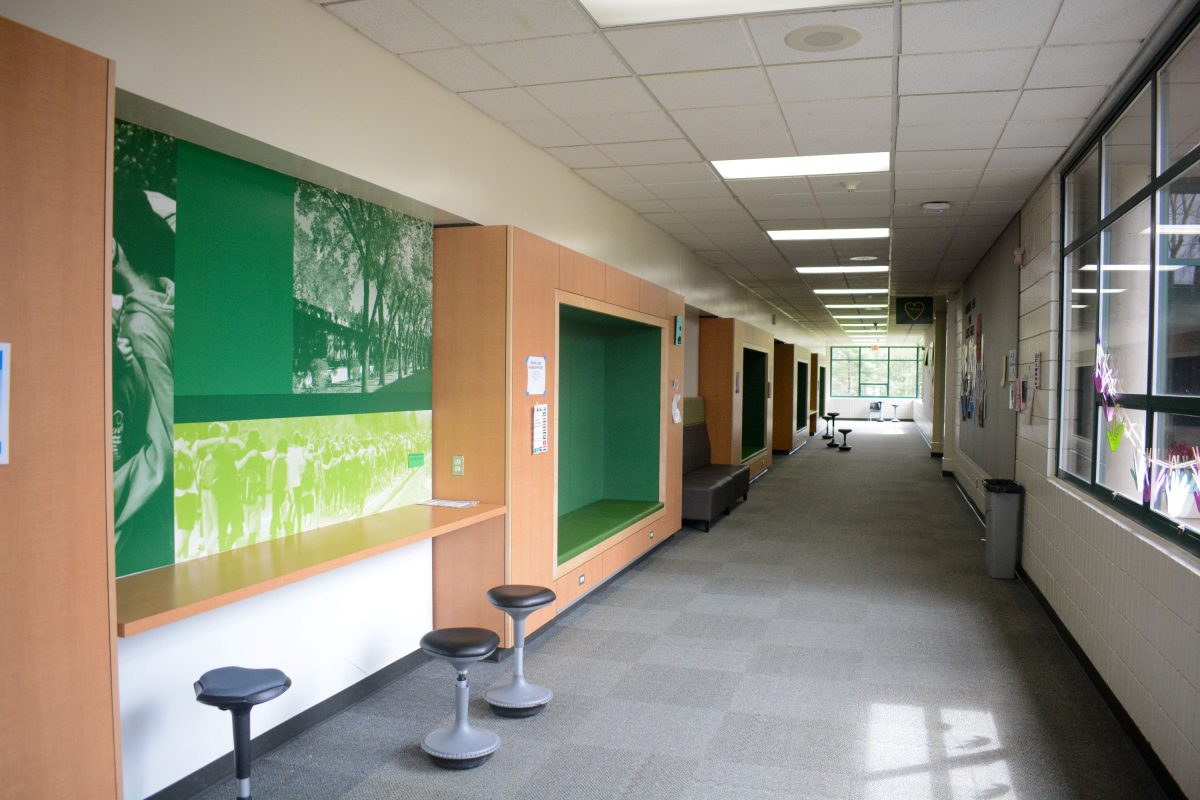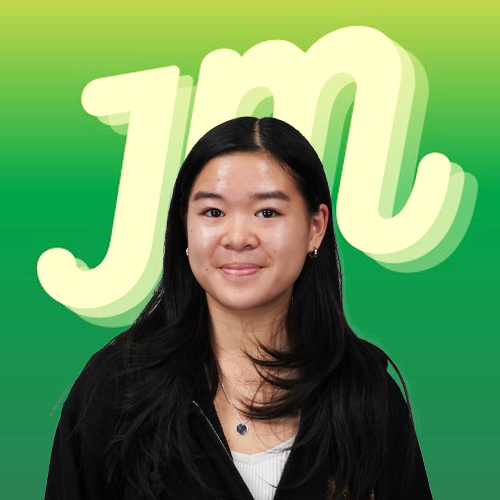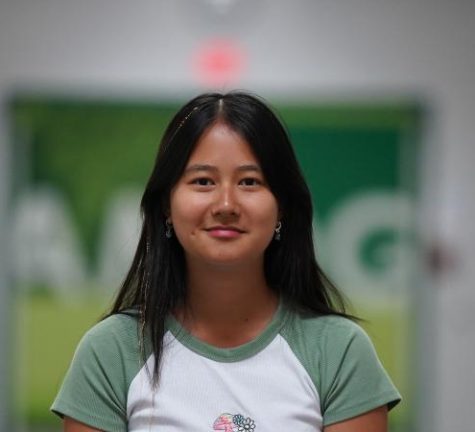Fireworks, lion dancing, red envelopes, feasting, and spending time with family and friends; for many countries around Asia, including China, Vietnam, Korea, Malaysia, and Singapore, these are just a few ways one of the most important holidays of the year, Lunar New Year, is celebrated.
“Lunar New Year is the first day of the first month of the first year going with the lunar calendar,” said Annie Duan, a junior and leader of the Asian Student Union.
While the Gregorian calendar is based on the 365-day movement of the earth around the sun, the Lunar calendar spans 354 days, with months beginning with every new moon and the new year falling between January 21st and February 20th to mark the transition from winter solstice to spring equinox.
One of the most prevalent origin stories revolves around the legend of Nian (meaning “year” in Mandarin). Annually, at the end of the lunar year, a hideous beast with the head of a lion terrorized ancient Chinese villages, hunting people and livestock. When villagers discovered that Nian was afraid of the color red and loud noises they began pasting red paper decorations on doors, burning lanterns all night, and lighting firecrackers to scare the creature away.
As a result, red is considered a lucky color that symbolizes good fortune, while bright colors such as gold or yellow represent power and prosperity. To express auspicious wishes for the new year, families decorate their homes with red paper cuttings on windows and couplets on door frames (National Museum of Asian Art). Another tradition occurs when elders give colorful red envelopes (called “hong bao” in Mandarin) filled with money to young children, as a way to express well wishes for another safe and peaceful year.
Beginning with a Lunar New Year’s Eve reunion dinner, the 16 day long celebration indicates a hopeful transition from the cold winter to the season of renewal, with food, family, and friends playing an integral role (Washington Post).
“I’m Vietnamese, and my culture celebrates the lunar new year by eating moon and rice cakes. We dress up and do lion dancing featuring drums,” said Han Tran, junior and leader of the Vietnamese Student Union.
In Korea, many eat “tteok guk,” a rice cake soup symbolizing that individuals are officially a year older and hoping for another prosperous year. Known as “prosperity toss salad,” the raw seafood platter “yusheng” is traditional to those celebrating in Malaysia and Singapore, while “kue nastar,” or pineapple tarts representing wealth and good luck, are eaten in Indonesia. (Washington Post).
“I love Lunar New Year because it’s a super easy way to have fun with friends and family. It’s nice because I get the opportunity to talk to a lot of my relatives I haven’t seen or talked to in a long time,” Duan said.
This year student led affinity groups have united to create a planning committee to host a school-wide Lunar New Year event.
“Throughout our meetings, we’ve come up with a list of things to buy and performances, including a dragon parade, lion dancing, and activity with red envelopes that we will decorate around the school. We’ll have tons of snacks, fun music, and fun facts on slideshows,” said Duan.
“We are also coordinating with our Vietnamese church, and we’re hoping to put out fun traditional games,” said Tran.
“I feel like the Lunar New Year is something everybody can appreciate, everybody can get involved. It’s never limited to just my family or just my culture,” said Duan.
To celebrate this important holiday, join ASU, VSU, and other DEI clubs during flex in the Cafeteria on February 13th!



